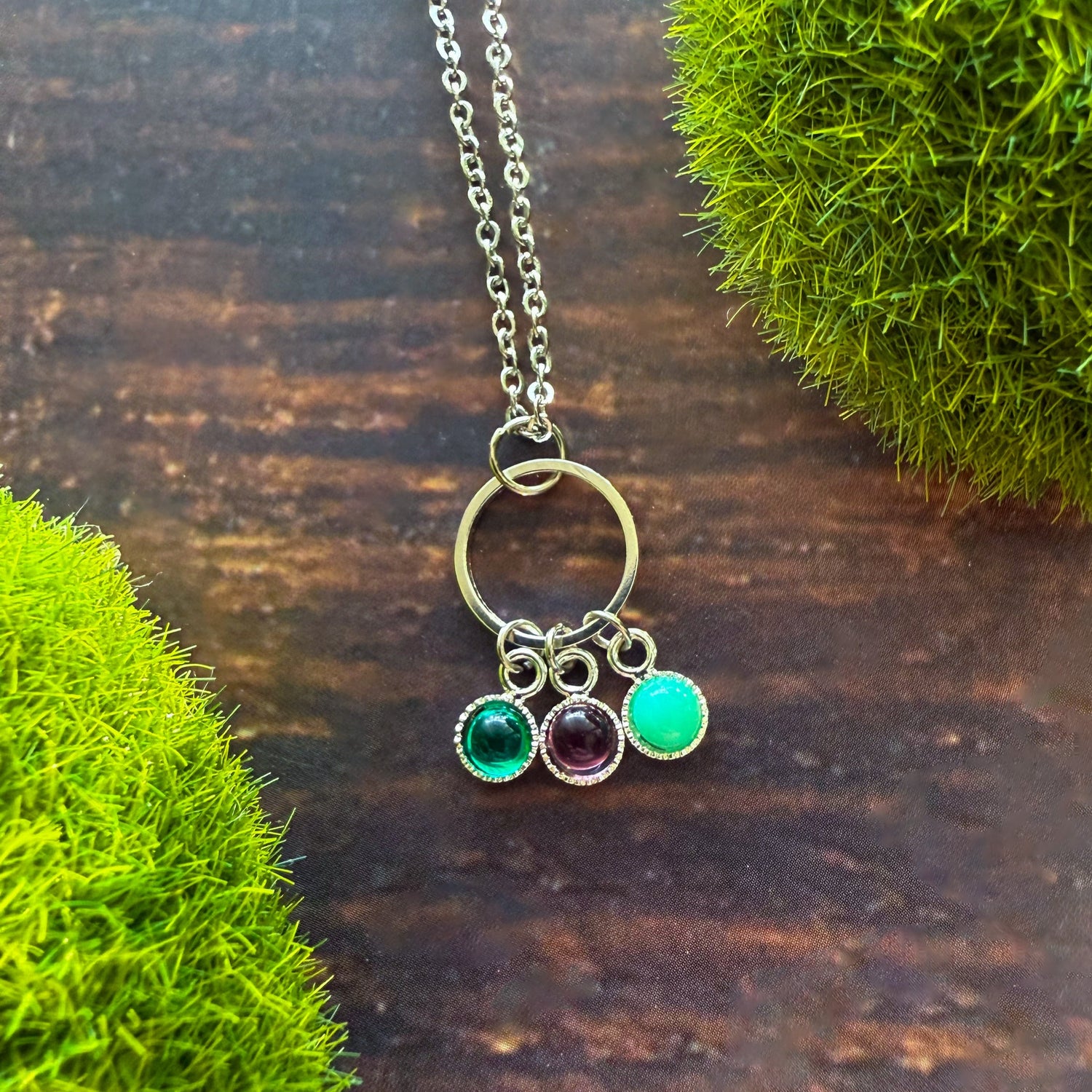
Summer Solstice
Share

Happy Summer Solstice (and Cancer season) to all of you loony hot weather lovers out there in the Northern Hemisphere! To the parents who are bracing themselves for Summer Break – good luck and don’t forget to stock up on lotsa adult bevs!
June in Maryland has been a dream thus far with sunny, low humidity days and cool nights, so here’s to hoping the official kick off for the season doesn’t promptly come barreling in like a sweaty, scorching ball of fire. Leslie Knope accurately described Summer for Washington D.C. when she said, “It’s 120-degrees out with 200% humidity because this is a stupid swamp town.” Yurp.
On a less complainy note, today I will be happily heading to one of my favorite places in West Virginia for some much-needed communion with nature and other kindred spirits who feed my soul. If the Universe sees fit to bless me with a clear sky viewing of the Milky Way (fingers crossed!), this will be an awesome added bonus. Fun Fact: We have wine stoppers on sale right now in our Etsy shop for “Mommy’s Juice” – sip in style, ladies! Lauren and I have just finished binge-ing the third season of Riverdale, so I’ll also be keeping an eye out for the branchy Gargoyle King and his menacing masked minions. Hey, weirder things have happened. Not to me yet. But to someone, I’m sure.
Today marks the longest day and shortest night of the year for us in the North, and the time when the Sun reaches the tippy top of the Tropic of Cancer. Fun Fact: Summer and Winter Solstices happen at the same moment for everyone, everywhere on Earth. Here in the Eastern Standard Time (EST) zone, 11:54 a.m. is the magic moment this year. Why do we have solstices? Because the Earth is tilted on its axis by 23.5 degrees relative to the plane of its orbit, and today the Earth’s north pole is tilted furthest toward the Sun. Slip out around noon and check out your shadow – it’ll be your shortest shadow of the year!
The term “solstice” comes from the Latin words sol (sun) and sistere (to stand still). The ancients noticed that as the Summer season progressed, the Sun stopped moving northward in the sky and began to trek southward again. At the solstice, the angle between the Sun’s rays and the plane of the Earth’s equator (called declination) appears to stand still. In the Arctic Circle is where this phenomenon is most noticeable because the Sun hugs the horizon for a continuous 24 hours. Fun Fact: This is where the term “Land of the Midnight Sun” comes from for the eight countries that experience this bright, no-night stretch.

The Summer Solstice has long been a crucial and celebratory time of year for various cultures around the globe. Neolithic humans may initially have started to observe the solstice as a marker for when to plant and harvest crops. In Ancient Egypt, it coincided with the rising of the Nile River and the Egyptian New Year. Lore has it that the Irish would cut hazel branches on the eve of the solstice to be used for finding gold, precious jewels and water. In ancient China, this solstice was associated with “yin”, the feminine (and balancing) force of the masculine “yang”. Festivities celebrated Earth and the powerful force of female nature.
Kronia, an Athenian festival held in honor of Cronus, the god of agriculture, commenced around this time. The Greeks’ strict social code was busted wide open during this party, with slaves participating in the merriment as equals or even being served by their masters. In the days leading up to the Summer Solstice, the ancient Romans celebrated what they called Vestalia, which was a religious festival in honor of Vesta, goddess of hearth. Married women were permitted to enter the temple of Vesta to leave offerings to the goddess in exchange for blessings for their families.

(Here's our new Sun Goddess necklace which feels appropriate for all of you summer loving goddesses out there!)
Many European cultures refer to the solstice as Midsummer, and organize gatherings at revered places, like Stonehenge. Before Christianity, ancient Northern and Central European pagans (including Germanic, Celtic and Slavic groups) welcomed Midsummer with bodacious bonfires. It was thought that the bonfires would boost the Sun’s energy for the rest of the growing season and guarantee a bountiful harvest. Bonfires were also associated with magic, which was believed to be the strongest during the Summer Solstice. This good juju helped ward off demons and evil spirits, and guide fair maidens to their rightful husbands. Supposedly, Vikings took this time to discuss legal matters and resolve disputes like civilized folk.
Many Native American tribes participated in solstice rituals, some of which are still practiced today. The Sioux, for example, were known to perform a ceremonial Sun dance around a sacred tree while wearing symbolic colors. Some scholars believe that Wyoming’s Bighorn Medicine Wheel, an arrangement of stones assembled several hundred years ago by Plains Indians that align with the solstice’s sunrise and sunset, was the site of that culture’s annual Sun dance.
Whatever you may believe or be getting into today to celebrate the Summer Solstice, we hope you do it safely and with a smile on your face. Unbelievably, we are almost halfway through 2019 (the last year ending in ‘teen’ that most of us will live to experience); so, if you’ve been meaning to start a new project (or finish an old one), take a trip, try a new recipe, give up an unsavory habit or just be more present –now is as good a time as any! Cheers, friends!
xo
Brittany




